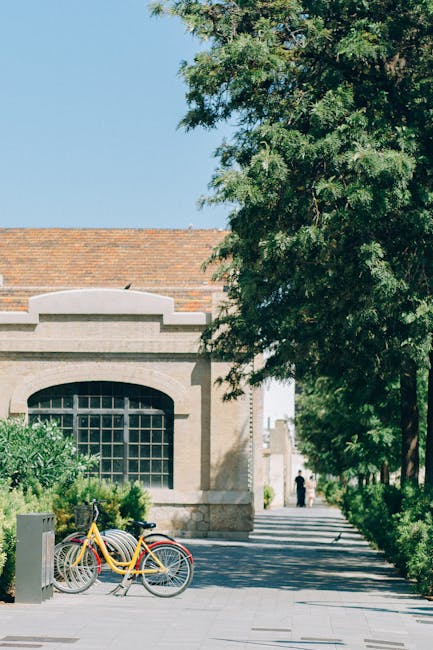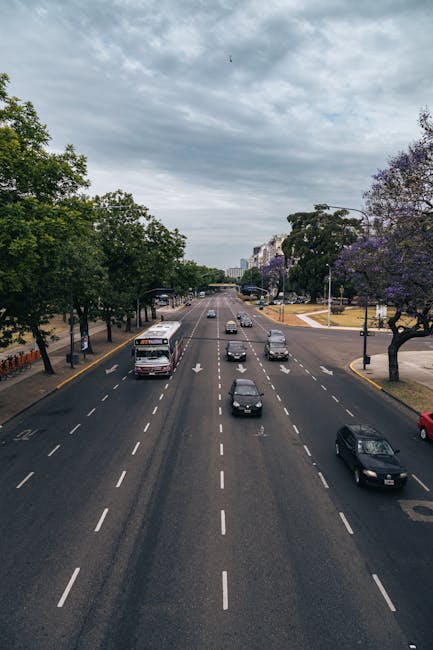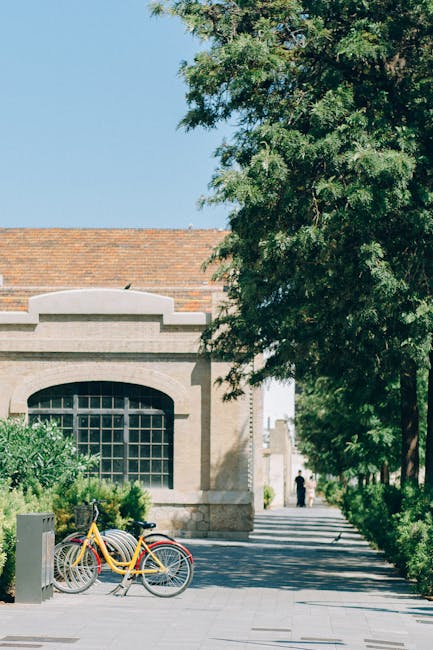Jacaranda City: A Purple Paradise – Unveiling the Charm of the Jacaranda-Lined Streets
Imagine a city awash in a vibrant sea of purple. Not just any purple, but the breathtaking hue of Jacaranda blossoms, cascading from majestic trees that line the streets, creating a breathtaking spectacle. This isn’t a fairytale; it’s the reality for several fortunate cities around the world, often affectionately referred to as ‘Jacaranda Cities’. This article delves into the unique charm and appeal of these purple paradises, exploring their history, culture, and the undeniable allure of their jacaranda-filled landscapes.
What Makes a City a ‘Jacaranda City’?
The title ‘Jacaranda City’ isn’t officially bestowed; rather, it’s a colloquial term used to describe cities where the jacaranda tree (Jacaranda mimosifolia) thrives and significantly contributes to the urban landscape. These cities boast a dense population of jacaranda trees, transforming their streets into stunning purple avenues, especially during the spring blooming season. The sheer abundance of these trees, their vibrant color, and their impact on the city’s identity are key elements in earning the affectionate moniker.
Key Characteristics of Jacaranda Cities:
- Significant Jacaranda Population: A high density of mature jacaranda trees lining streets, parks, and other public spaces.
- Visible Seasonal Impact: A noticeable and dramatic change in the city’s aesthetic during the jacaranda blooming season, usually spring.
- Cultural Significance: The jacaranda trees often hold cultural significance, featuring in local folklore, festivals, or artistic representations.
- Tourist Attraction: The jacaranda blooms often become a major tourist draw, attracting visitors to witness the stunning spectacle.
Notable Jacaranda Cities Around the World
While many cities enjoy the presence of jacaranda trees, certain locations stand out due to their exceptional displays. Let’s explore some of the most renowned ‘Jacaranda Cities’:

Graaff-Reinet, South Africa:
Often hailed as the ‘Jacaranda City’ of South Africa, Graaff-Reinet boasts a remarkable collection of mature jacaranda trees, creating a breathtaking visual feast during the flowering season. The town’s rich history and charming architecture complement the purple spectacle, creating an unforgettable experience for visitors.
Pretoria, South Africa:
Pretoria, South Africa’s administrative capital, is another prominent example. Known as the ‘Jacaranda City’, Pretoria’s streets, avenues, and parks are adorned with thousands of jacaranda trees, turning the city into a purple wonderland during the spring months. This has become a significant part of Pretoria’s identity and a major tourist attraction.

Sydney, Australia:
Sydney, Australia, while not exclusively known as a ‘Jacaranda City,’ possesses numerous jacaranda trees scattered throughout its suburbs, contributing significantly to the city’s unique charm. Certain areas, like Grafton, are particularly renowned for their jacaranda displays.
Buenos Aires, Argentina:
Buenos Aires also embraces the beauty of jacaranda trees, which are scattered throughout its neighborhoods, adding a touch of purple magic to its already vibrant cityscape. While not as densely populated as in some other cities, the jacarandas contribute to the city’s distinctive character.

The Allure of Jacaranda Trees
The appeal of jacaranda trees extends beyond their aesthetic beauty. Their delicate, bell-shaped blossoms, ranging from light lavender to deep purple, create a captivating spectacle that inspires awe and wonder. The trees themselves are graceful and elegant, their fern-like foliage providing a lush backdrop to the vibrant flowers. The ephemeral nature of the blooms—lasting only a few weeks—adds to their allure, making the spectacle even more precious.
Cultural and Symbolic Significance:
In many cultures, the jacaranda is associated with good luck, prosperity, and new beginnings. In some regions, the falling of a jacaranda blossom on one’s head is considered good fortune. This symbolic significance contributes to the cultural richness surrounding these magnificent trees.
Tourism and the Economic Impact
The stunning jacaranda displays in many cities have become significant tourist attractions. Visitors flock to witness the spectacle, boosting local economies through increased tourism revenue. Hotels, restaurants, and other businesses benefit from the influx of visitors eager to experience the beauty of these purple paradises. This economic impact underlines the importance of preserving and celebrating these urban treasures.
Preservation and Challenges
Preserving the jacaranda population in these cities is crucial. Efforts to maintain and protect these trees are essential to ensure the continuation of their aesthetic and economic contributions. This includes responsible urban planning, disease management, and public awareness campaigns promoting responsible tree care.
Threats to Jacaranda Trees:
- Disease and Pests: Jacaranda trees are susceptible to certain diseases and pests, which can affect their health and longevity.
- Urban Development: Uncontrolled urban development can lead to the removal of mature jacaranda trees, diminishing their presence in the city.
- Climate Change: Climate change can impact the growth and blooming patterns of jacaranda trees, potentially affecting their vibrant displays.
Conclusion: Celebrating the Purple Wonder
The ‘Jacaranda Cities’ around the world offer a unique and captivating experience. The vibrant purple spectacle created by these majestic trees not only enhances the aesthetic appeal of the urban landscape but also contributes significantly to the cultural identity and economic prosperity of these locations. By appreciating and protecting these urban treasures, we can ensure that generations to come can continue to enjoy the beauty and wonder of the jacaranda-lined streets.

